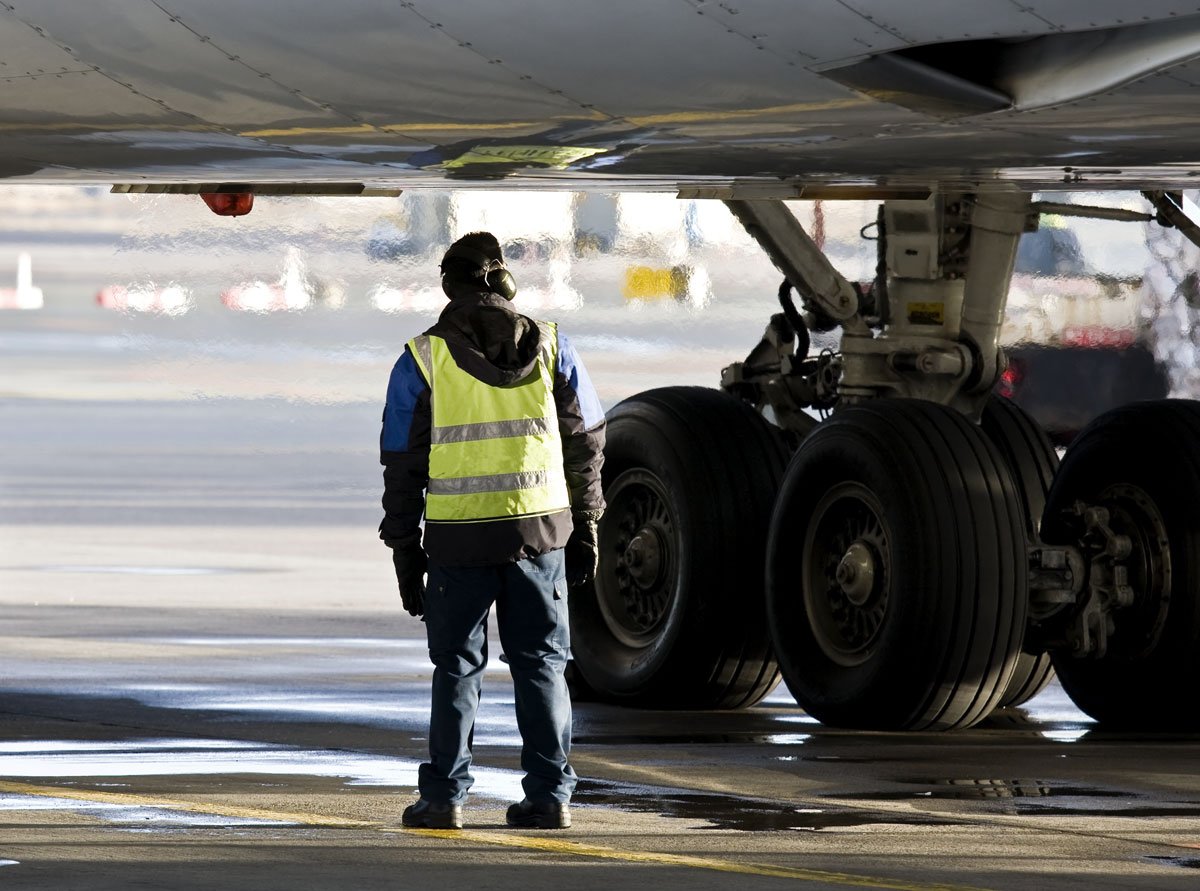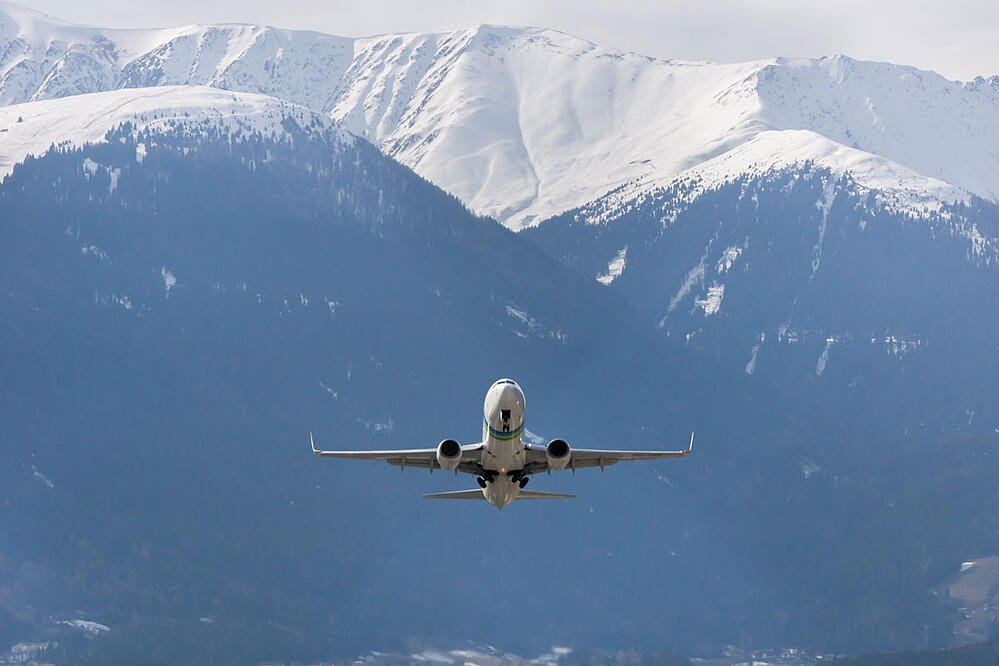How much water is too much water on a flight?

Sustainability is a topic that is grabbing more attention than ever amongst top level aviation executives. And while CO2 reduction has earned top billing on that sustainability stage, airlines could also gain tremendously by looking at their water weight management.
Ask yourself this. How much of your airline's operations are being affected by the pursuit of further optimising the sustainability of your aircraft? And how much of that conversation involves the topic of excess water weight?
With most airlines now signed up for CORSIA, the pressure to reduce aviation’s impact on the environment has never been so critical. While there is a lot of talk about how to maximise the efficiency of aircraft while drastically reducing the overall CO2 outputs, there is a hidden opportunity in addressing these issues through the often overlooked subject of water weight vs actual water consumption during a flight.

Fill it to the rim
It has been long understood that the issue of potable water management, and subsequently the roughly 500lbs (225kg) of additional weight that water adds to a flight, is ineffective when resorting to the standard ground practice of “fill to spill.”
If you are unfamiliar with the terminology, fill-to-spill means exactly what it sounds like. Ground crews are instructed to fill the potable water tank to the overflow line (spilling) prior to each flight. The problem is, without a system to effectively predict how much potable water an aircraft needs to carry in its tank for specific flights, the aircraft ends up carrying unnecessary weight. In some case, up to 440lbs/200kg.
A university study on the evaluation of airline fuel saving, which has been backed up by IATA, found that potable water weight management was one of the most effective ways to save fuel. As a matter of fact, it was the most effective after winglets.

Weight and position
It’s not only the additional weight that creates sustainability problems, it’s also the effect that weight has on the aircraft's flight performance. We spoke with our Business Development Director, Kevin Parker, about what excess water weight means in terms of efficiency.
“An excess weight of 440lb/200kg is significant, but the positioning of the weight in the tail of the aircraft also causes efficiency degradation known as induced drag. The weight and balance of an aircraft is critical to optimize flight performance.”
“Weight that is further from the centre of the aircraft will affect efficiency more because it essentially uses the wing as a fulcrum. As the distance increases from the centre of the aircraft, the weight becomes more problematic and directly affects the efficiency of the aircraft.”
Water weight management: Starting from scratch or further optimising your system?

A change of methods and a change of mindset
Surprisingly, outside of adding a simple product that can monitor and predict the amount of water that an aircraft needs to have during specific flights, there are no industry standards or methods on how to effectively monitor and manage aircraft water weight.
Filling the tank to top, “just to be on the safe side,” is still the widely accepted practice during ground operations. There needs to be a greater awareness of how inefficient this process is in regards to flight performance and aircraft weight management.
In no other aspect of flight operation would it be acceptable to essentially add the weight of two additional passengers without some sort of offset or compensation. From a sustainability angle, this oversight in potable water weight management is contributing even further to global carbon emissions, and from a cost and financial angle, airlines are losing thousands of dollars in wasted fuel costs per year.